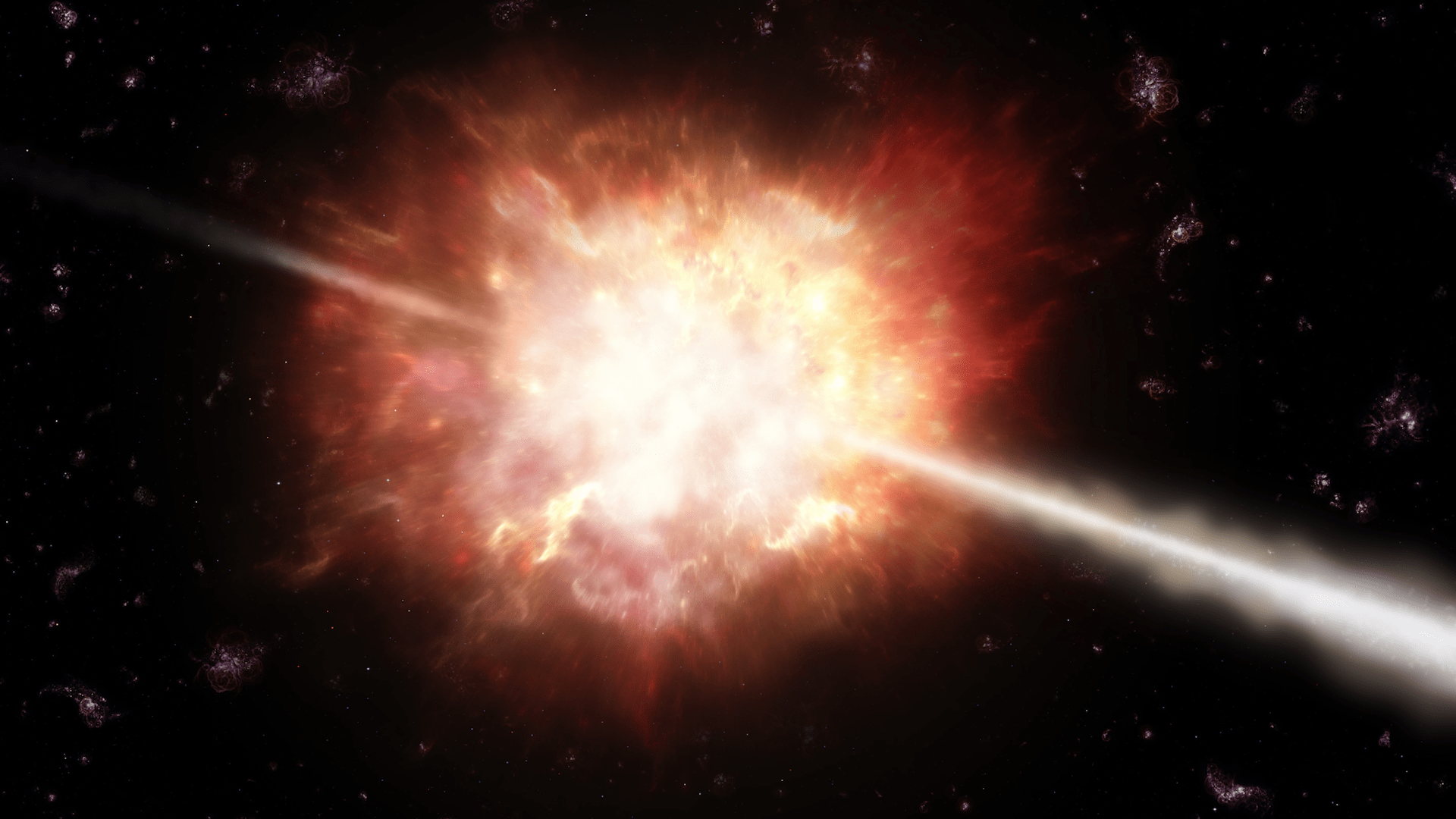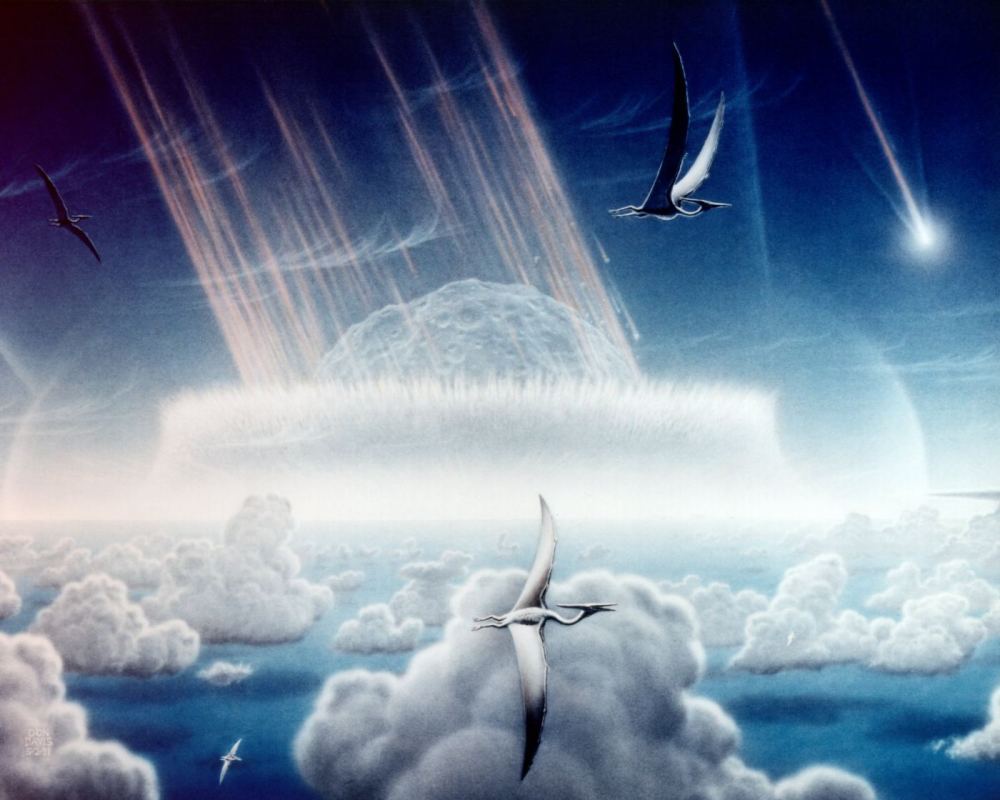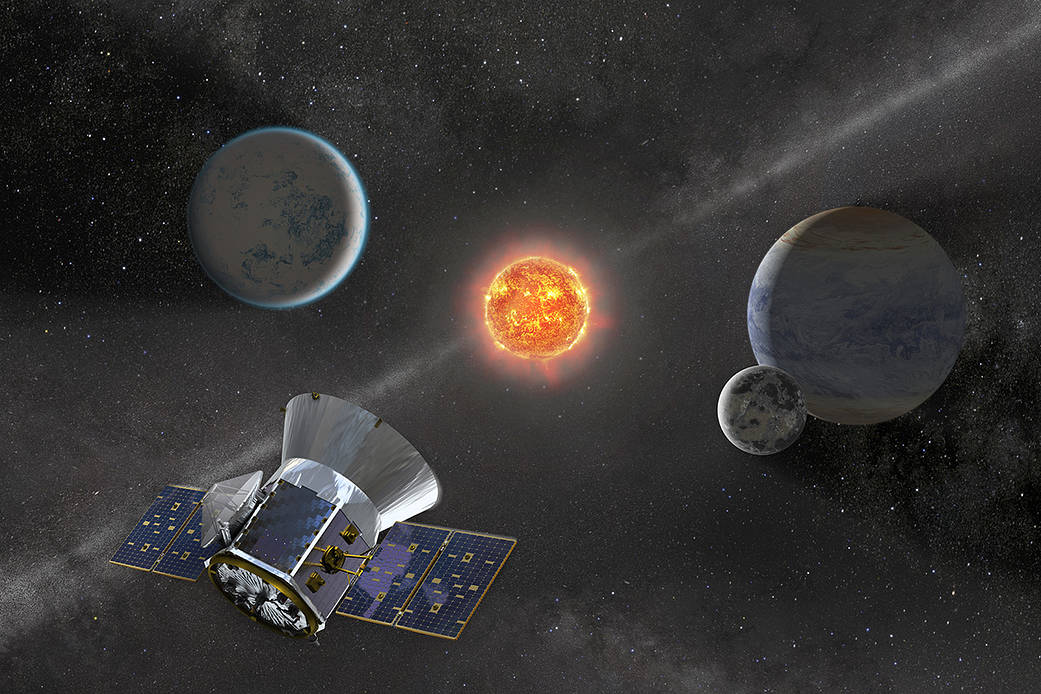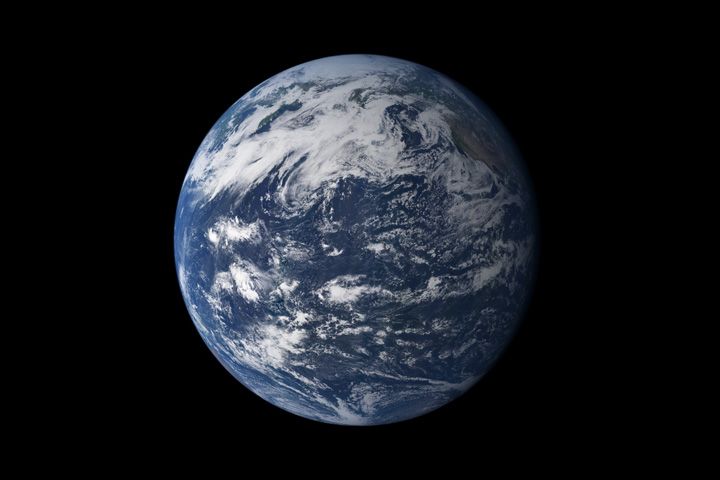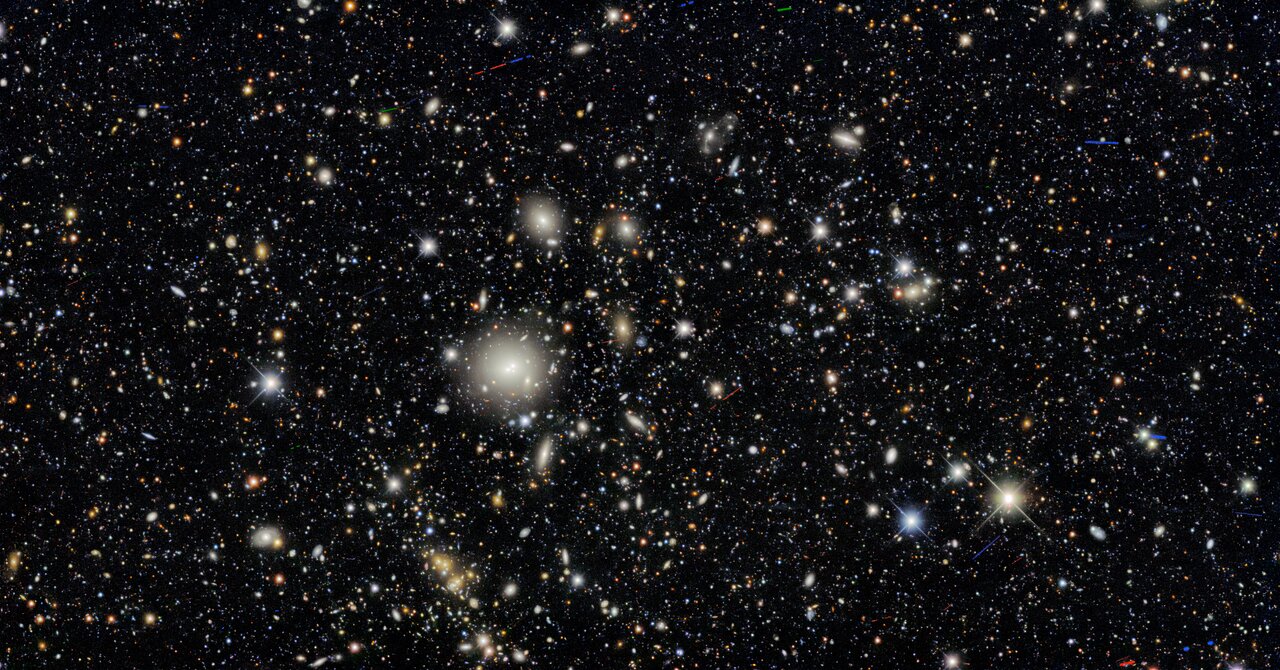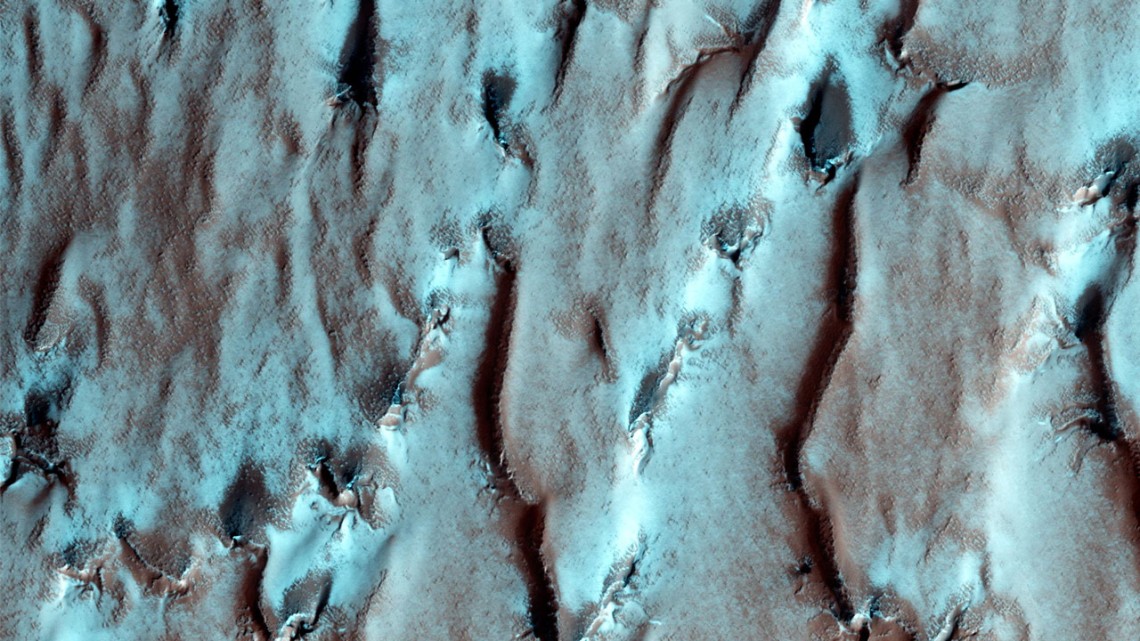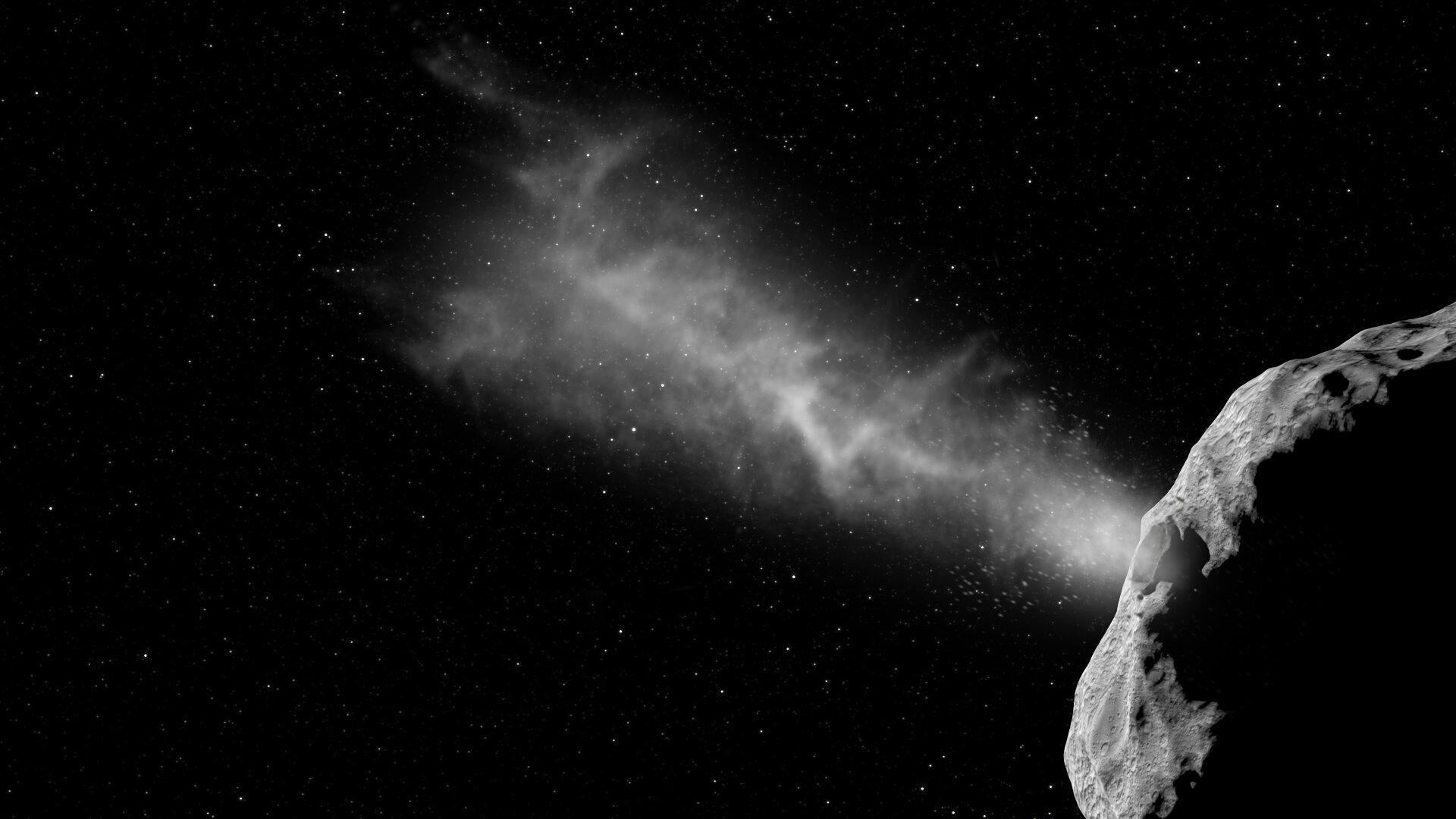Gamma-ray bursts (GRBs) are one of the most mysterious transient phenomena facing astronomers today. These incredibly energetic bursts are the most powerful electromagnetic events observed since the Big Bang and can last from a few milliseconds to many hours. Whereas longer bursts are thought to occur during supernovae, when massive stars undergo gravitational collapse and shed their outer layer to become black holes, shorter events have also been recorded when massive binary objects (black holes and neutron stars) merge.
These bursts are characterized by an initial flash of gamma rays and a longer-lived “afterglow” typically emitted in X-ray, ultraviolet, radio, and other longer wavelengths. In the early-morning hours on October 14th, 2022, two independent teams of astronomers using the Gemini South telescope observed the aftermath of a GRB designated GRB221009A. Located 2.4 billion light-years away in the Sagitta constellation, this event was perhaps the closes and most powerful explosion ever recorded and was likely triggered by a supernova that gave birth to a black hole.
Continue reading “Astronomers Just saw the Most Powerful Gamma-ray Burst Ever Recorded”
